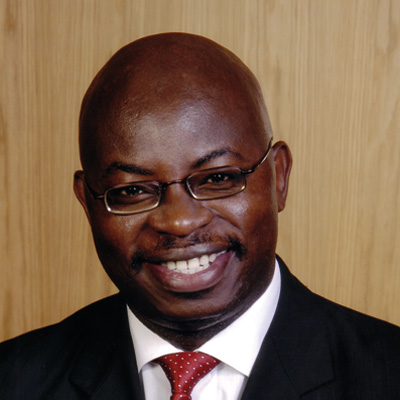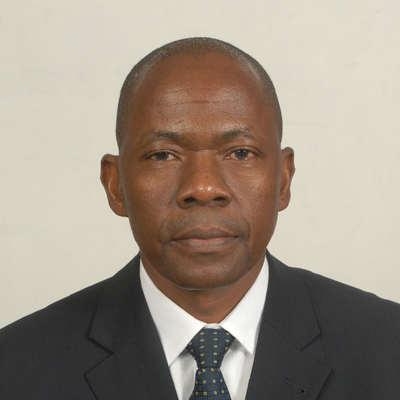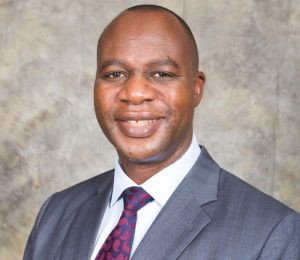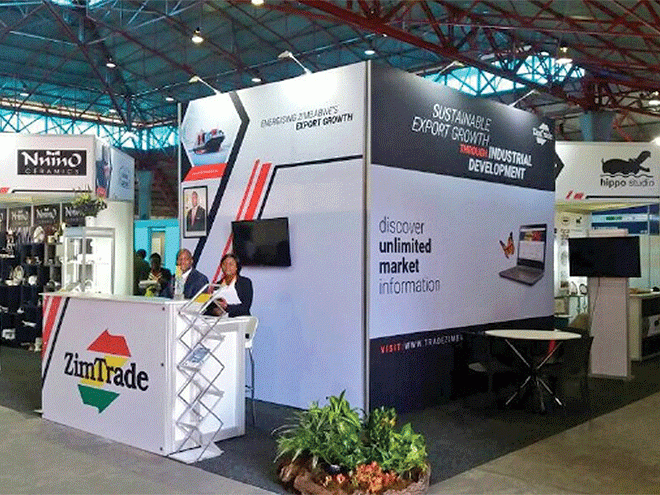
You might have heard about the recent launch of the New Development Bank (NDB) and at best wondered what difference it can make in a world which is already populated by the likes of the International Monetary Fund (IMF) and World Bank or at worst dismissed it as yet another white elephant on the international financial landscape.
Omen Muza

Yet the formation of the bank is an important response to current lopsided realities in international finance.
Accordingly, I have compiled some facts and figures about the bank which I present in this installment in an effort to enhance awareness of the rationale and role of the newest development finance institution (DFI) on the international scene.
Formerly referred to as the BRICS Development Bank, the New Development Bank is a multilateral development bank operated by the BRICS states (Brazil, Russia, India, China and South Africa) as an alternative reality to the existing order of the American and European-dominated World Bank and International Monetary Fund (IMF).
Aims
In coming up with this international financial institution (IFI), the member countries wanted to create a nimbler, more responsive alternative to traditional institutions such as the World Bank.
- Chamisa under fire over US$120K donation
- Mavhunga puts DeMbare into Chibuku quarterfinals
- Pension funds bet on Cabora Bassa oilfields
- Councils defy govt fire tender directive
Keep Reading
In addition to being guided by best practices, the bank will also actively explore and pursue next practices. In other words, it seeks to do things differently — more efficiently to be precise.
Its inauguration comes hardly a month after the launch of the China-led Asian Infrastructure Investment Bank (AIIB), which similarly aims to create a parallel global investment institution in which developing countries have greater influence. However, unlike the AIIB, the NDB will not limit itself to Asia.
“The bank will place greater emphasis on the needs of developing countries, have greater respect for developing countries, have greater respect for developing countries’ national situation, and more fully embody the values of developing countries,” Lou Jiwei, China’s Finance minister, said.
Purpose
The goal of the bank, which opened in Shanghai in early July, is to mobilise resources for infrastructure and sustainable development projects in BRICS and other emerging economies and developing countries.
Through improved infrastructure, the NDB can make the sustainable growth of developing countries a reality, and China can share its experiences, infrastructure production capacity and funds with other members.
Membership The NDB has only five founding members compared with AIIB’S 57. However, the five BRICS countries are home to 42,6% of the global population, 21% of the world’s economy and nearly half of the world’s foreign exchange reserves, but have been marginalized in the global financial landscape. For example, in the World Bank, the five have a total of only 13% of voting rights, while the United States alone holds 15%, also reflecting the picture at the IMF.
Founding agreement and formal set-up BRICS leaders signed an agreement to establish the bank during their sixth summit in Brazil on July 15, 2014 in Fortaleza. The bank was subsequently formally set up at a meeting in Russia on July 7, 2015.
Origins Former World Bank chief economist Joseph Stiglitz conceived the idea for the BRICS bank at Davos in 2011 for emerging markets with large trade surpluses to recycle those savings into productive investments in their countries. The idea was discussed at a summit the following year and articles of agreement signed in July 2014.
Corporate Governance KV Kamath the NDB’s first president, is the former chief executive of ICICI, India’s largest private sector bank. The first chair of the board of governors will be from Russia, while the first chair of the directors will be from Brazil.
Commencement of operations The NDB will start operations at the end of 2015 or in early 2016 and aims to have the first set of loans disbursed by April 2016.
Capital
The NDB will have an initial capital of $100 billion, and initial subscribed capital of $50 billion equally shared among the five founders. Equal shares among the five members will ensure equal dialogue and serve as a model for innovation to global governance.
Feedback: [email protected]. You can view Omen’s LinkedIn profile and initiate contact at zw.linkedin.com/pub/omen-n-muza/30/641/3b8











